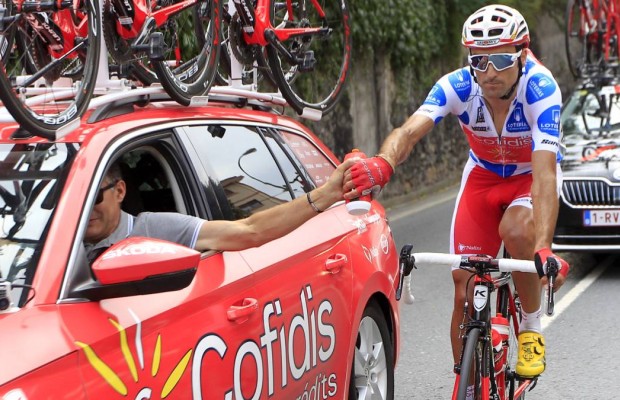The Central Governor Theory helps to understand and control fatigue in exercise
If you don't know what the central governor theory is, today we explain it to you in a very synthetic way. Traditionally, it has been said that the power of the mind is immense, but this new theory relativizes everything that was understood about fatigue and focuses precisely there, on the central governor.
The problem of defining fatigue prior to the central governor theory
Defining fatigue, pain or the ability to perform an exercise has been and continues to be a challenge. Because these concepts admit a high percentage of subjectivity and, consequently, it is complicated to standardize patterns, their causes and consequences. However, in recent years a theory about the control of fatigue in sport has gained ground: it has been called the central governor theory.

Of course, it is still a new theory and has its supporters and detractors. But starting from the idea, as we said, that above all the definition of fatigue has not stopped giving tumbles, it is a valid theory so far.
RECOMENDADO

Change wheels if you want to transform your bike's behavior

What bike size do you need? Here's how to find out

How does age affect performance and recovery?

How long cyclists can be pushed when handed a sticky bottle?

10 tips for safer and faster downhills on road bikes

The best gravel groupsets of the moment
Fatigue is currently understood as that loss of ability to generate force, to develop a constant effort over time. It is that failure of the forces, that feeling of not being able to anymore, of having to stop. But of course, for that very reason fatigue is relative for each athlete, in our case for each cyclist.

The creation of the central governor theory
Dr. Timothy David Noakes was the first scientist to talk about the central governor theory. According to Noakes, both fatigue and performance are controlled by the brain. In fact, his assertion is that the brain controls both aspects completely, hence he calls it the central governor. And it does so, like many other things in our body, to prevent damage to our body during sports practice. This study can be consulted online, in English, totally free.

Noakes thus dismantled the widespread idea that this fatigue obeyed peripheral issues, that is, it occurred in peripheral parts due to a shortage of oxygen supply above all, but also due to metabolic or merely muscular issues.
However, Noakes stated that the brain's homeostatic intention is what really controls fatigue, and that this explains why two people with the same muscle mass, the same diet and the same exercise pattern respond differently to fatigue.

The validity of this theory is due mainly to the fact that it responds to what had until then been considered a subjective issue, as we mentioned at the beginning. Suddenly, the central controller theory gave another explanation: it is not the individual's ability to endure, but the central governor is unique in each individual, regardless of these other factors we mentioned, such as diet, mass or exercise routine. It doesn't matter if they are two practically identical bodies, because the brain, the central governor is not.
The central governor theory, therefore, gives the greatest importance to that brain work, a training that improves the ultimate performance of an athlete. More than ever, the power is in the mind.